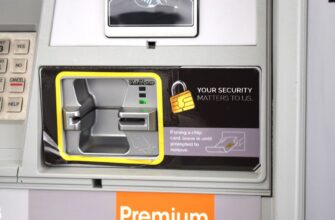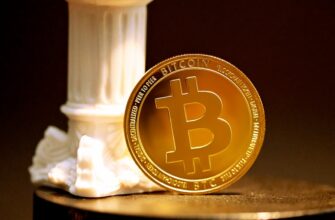- Introduction: Two Financial Revolutions
- What is M-Pesa? Africa’s Mobile Money Phenomenon
- Understanding Bitcoin: The Decentralized Digital Currency
- M-Pesa vs Bitcoin: Key Differences Compared
- Can You Buy Bitcoin with M-Pesa? Current Options
- The Future: Convergence or Competition?
- FAQs: M-Pesa and Bitcoin Explained
- Conclusion: Complementary Forces
Introduction: Two Financial Revolutions
M-Pesa and Bitcoin represent two seismic shifts in how we handle money. While M-Pesa revolutionized mobile banking in emerging economies, Bitcoin pioneered decentralized digital currency globally. This guide explores their differences, synergies, and whether these seemingly opposite systems could converge to reshape financial inclusion.
What is M-Pesa? Africa’s Mobile Money Phenomenon
Launched in Kenya in 2007 by Safaricom, M-Pesa (“Mobile Money” in Swahili) transformed cash-based economies through simple SMS technology. It enables users to:
- Deposit/withdraw cash at agent kiosks
- Send money via basic phones
- Pay bills and buy airtime
- Access microloans (M-Shwari)
With over 51 million active users across Africa, it’s become critical infrastructure where traditional banking is inaccessible.
Understanding Bitcoin: The Decentralized Digital Currency
Bitcoin emerged in 2009 as the first cryptocurrency, operating without central authorities. Key characteristics include:
- Blockchain technology for transparent transactions
- Limited supply capped at 21 million coins
- Pseudonymous peer-to-peer transfers
- Volatile valuation driven by market demand
Unlike M-Pesa, Bitcoin isn’t tied to any national currency, enabling borderless transactions but requiring internet access and technical understanding.
M-Pesa vs Bitcoin: Key Differences Compared
| Feature | M-Pesa | Bitcoin |
|---|---|---|
| Technology | Mobile SMS/USSD | Blockchain |
| Accessibility | Basic phones | Smartphones/internet |
| Value Basis | Pegged to fiat currency | Market speculation |
| Transaction Speed | Instant | 10 mins – 1 hour+ |
| Primary Use Case | Daily payments/remittances | Investment/cross-border transfers |
Can You Buy Bitcoin with M-Pesa? Current Options
Direct integration remains limited due to regulatory barriers, but third-party platforms enable conversions:
- Paxful: Peer-to-peer marketplace with M-Pesa payment options
- LocalBitcoins: Facilitates M-Pesa to BTC swaps in Kenya/Tanzania
- BitPesa (now AZA Finance): Business-focused BTC/fiat conversions
Note: Fees range 3-7%, and users must complete KYC verification. Safaricom prohibits direct crypto transactions on M-Pesa.
The Future: Convergence or Competition?
Emerging trends suggest potential synergy:
- Remittance Innovation: Bitcoin could lower cross-border transfer fees for M-Pesa users
- CBDC Integration: National digital currencies might bridge both systems
- Lightning Network: Bitcoin’s layer-2 solution may enable M-Pesa-like micropayments
However, scalability issues, regulatory uncertainty, and Bitcoin’s volatility remain significant hurdles.
FAQs: M-Pesa and Bitcoin Explained
- Is M-Pesa a cryptocurrency?
- No. M-Pesa is a mobile fiat currency system backed by physical cash reserves.
- Can I convert Bitcoin to M-Pesa instantly?
- Through exchanges like Paxful, but transactions take 15-60 minutes and incur fees.
- Which is safer: M-Pesa or Bitcoin?
- M-Pesa has centralized fraud protection. Bitcoin offers user-controlled security but irreversible transactions.
- Do M-Pesa fees apply to Bitcoin transfers?
- Yes, standard M-Pesa withdrawal fees apply when cashing out Bitcoin profits.
- Will M-Pesa adopt blockchain technology?
- Safaricom is exploring blockchain for supply chains, but hasn’t announced crypto integration plans.
Conclusion: Complementary Forces
While M-Pesa dominates practical daily transactions in Africa, Bitcoin offers an alternative for wealth preservation and global transfers. Their coexistence highlights how financial solutions evolve to serve different needs – one rooted in accessibility, the other in decentralization. As technology advances, watch for hybrid models that leverage both systems’ strengths.








